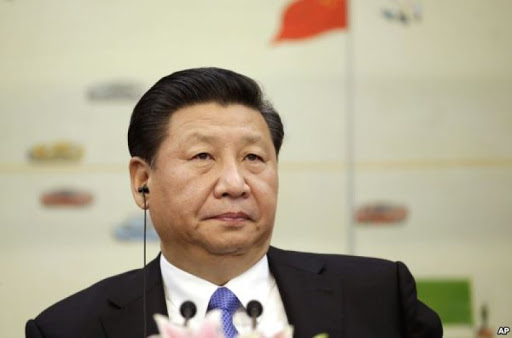Amid heightened tensions between India and China, two nuclear powers, following the violent clash on June 15 in the Galwan Valley region, China has been forced to acknowledge India as a force to reckon with, and as a consequence, a force to be immediately contained, using brute force if necessary. To their surprise, however, the cross-border action by the Indian Army on June 15 demonstrated how the power equation was no longer that of unchallenged Chinese supremacy over India, rather that of a never seen before power symmetry between the two nations.
In line with a new possible containment strategy, many Chinese think-tanks and defence analysts are increasingly in favour of their country waging an immediate ‘small scale war’ with India.
Qiao Liang, a retired air force major general and military theorist believed that although the chances of an all-out war between India and China remained bleak, China must prepare to ‘initiate’ an armed conflict with India. “We should not overestimate India’s response, but we must also not let our guard down,” Qiao said in an article posted on his WeChat account. “If we must fight a war, we must strike quickly and contain the scale in a small and mid-sized war aimed at causing pain to our opponents and hence gaining respect via small wars,” he further added. Also, according to Liang, such an armed conflict would demonstrate China’s power to the US and Taiwan, reported the South China Morning Post.
Wang Yunfei, a Chinese naval expert and retired PLA Navy officer was in favour of granting greater autonomy to frontline border troops along the Line of Actual Control, much like India had done after June 15. He said that the PLA should have the authority to counter any “intrusions” without requiring the approval of higher authorities. “[We should] strengthen surveillance along the border region and in case of a transgression by the Indian Army into the Chinese side of the Line of Actual Control, we will counter-attack resolutely and such an attack should not be bound by the Line of Actual Control … until we have completely forced the Indian army into retreat,” Wang said in an article reposted by Ordnance Industry Science Technology, a Chinese defence and technology journal. Wang Yunfei further said that Chinese troops should prepare to deploy non-lethal weapons such as lasers, tear gas and stun grenades, etc. According to him, preparations for a military conflict should be prioritised over diplomacy.
Such observations on the part of Chinese strategists are interesting. Particularly intriguing are Qiao Liang’s propositions of engaging in a limited conflict with India, so that a stern message can be sent to the United States and Taiwan. It shows the desperation gripping the military quarters of China, and the fear of being subjected to a multi-frontal attack. To evade such a scenario, China seems to be inclined to indulge in an “armed conflict” with India, even as they seem to forget the whacking they will get while at it.
Strategists from within China might also be inclined to a limited conflict as opposed to a full-blown war, as the paper dragon is well aware of its limitations, and incapacity to emerge victorious after such a large-scale conflict. Also, while a limited armed conflict will be around Ladakh alone, a full-blown war would also mean that the navies would be facing, and even fighting each other in the seas. In such a scenario, it would be impossible for China to limit the war only between itself and India, and the United States, Japan, among other nations too, would pre-emptively rise up in arms against the CCP.
However, if China thinks it can win a limited conflict against India, it is in for quite a rude surprise. TFI, in several reports, has explained how it is about time that the myth of Chinese military superiority over India be declared a farce. The PLA is not a battle-hardened force, and is at a particularly disadvantageous position when it comes to mountainous conflict, while the Indian Army excels in the same. Lack of exclusive PLAAF airbases around, and in close proximity to Ladakh, not to mention the peculiar elevations of its current airfields, adds to the woes of China.
Essentially, there is little to no surety of China winning a limited conflict against India, and a full-blown war it can neither afford, nor sustain, both strategically, as well as economically. Plainly speaking, we have the dragon in a fix.
































